One of the easiest ways to make sure your barn is free of areas or items that could cause harm or injury to a horse or owner is to routinely complete a barn safety check. These 22 steps will help you find the most common problems.
1. Check first aid and emergency supply kits. Do you need to replenish supplies? Throw away expired over the counter medications and replace as needed.
2. Are emergency numbers and information posted near the phone or in the barn aisle? Is the information up-to-date?
3. Boarding facilities should have safety rules clearly posted?
4. Do you have "No Smoking" signs posted?
5. Are debris, combustible material and weeds cleared at least 30 feet from structures for fire protection?
6. Are fire extinguishers in working order? Place fire extinguishers in all buildings. In large facilities, place fire extinguishers every 40 ft.
7. Check barn structure. Is there damage to posts, beams or walls? Is the roof in good condition?
8. Do the outside electrical outlets and switches have waterproof covers?
9. Are aisle ways clear of clutter? Any items stored in the aisles should be placed on hooks high enough that a panicked horse will not injure himself. Tack boxes and other items on the floor should not prevent stall doors from opening.
10. Wash areas should be free of clutter and any shelves should be high enough that a horse will not hit the shelf.
11. Inspect all wiring. Older wiring may have damage from weather or rodents.
12. Check all electrical cords. Appliances and equipment should be unplugged when not in use.
13. Are there cobwebs and dust accumulating behind refrigerators and other appliance, around lights, near electrical sources? If so, clean the area.
14. Look for and destroy any wasps nests
15. Grain and supplements should be stored in metal cans and lids secured with a bungee cord to prevent rodent infestation. This will also keep that escaped horse from gorging on grain.
16. When possible, hay and shavings should be stored in a separate building. Storing hay in a well ventilated loft is preferable to the floor. If you store hay on the floor, place it on pallets as far from stalls as possible. Keep the areas clean and swept.
17. Check stalls for damage to wood surfaces, broken or cracked feeders, protruding nails.
18. Check the floor for damage or uneven surfaces.
19. Look around the bottom of stalls for areas that may be hazardous when a horse rolls.
20. Check latches and door knobs. Are they in good working order? Do they pose a hazard? Will tack or horses be hung up on them?
21. Check floors for standing water, slick surfaces and uneven areas.
22. Throw away old medications. Remember if you did not use all of a recently prescribed antibiotic or medicine, you should not keep it around. When in doubt, ask your vet.
By checking your barn for these common problems, you can be breathe easier knowing that many of the common areas of barn accidents have been avoided.

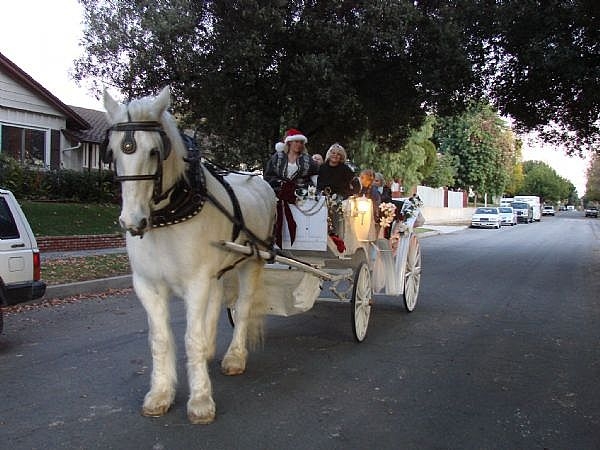 How to Harness a Horse
How to Harness a Horse
How to Harness
How to Harness a Horse
How to Harness a Horse
How to Harness
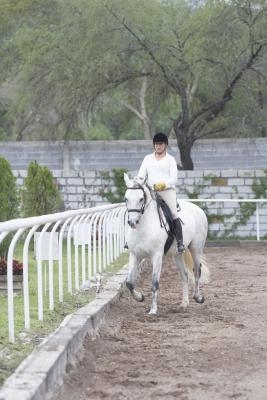 How to Gait a Horse
How to Gait a Horse
How to Gait a Hors
How to Gait a Horse
How to Gait a Horse
How to Gait a Hors
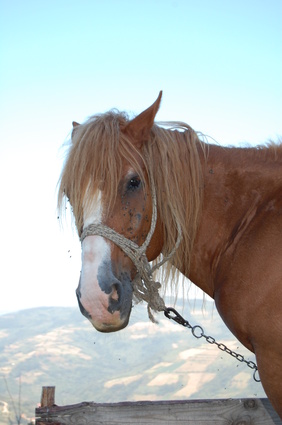 How Can I Get My Horse to Stop Eating Wood?
How Can I Get My Horse to Stop Eating Wood?
How Can I Get My Horse to Stop Eating Wood?
How Can I Get My Horse to Stop Eating Wood?
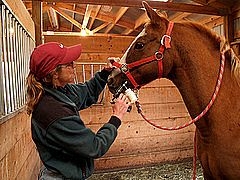 How to Worm a Horse
How to Worm a Horse
How to Worm a Hors
How to Worm a Horse
How to Worm a Horse
How to Worm a Hors
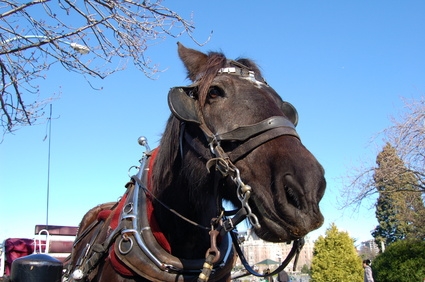 How to Put Weight on a Horse Fast
How to Put Weight on a Horse Fast
How
How to Put Weight on a Horse Fast
How to Put Weight on a Horse Fast
How